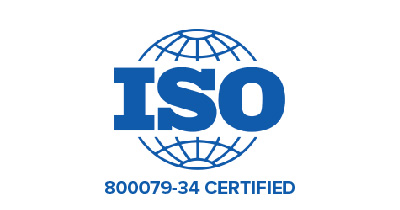Healthcare workers are among the most vulnerable employees in the workforce. In a 2020 report by the Bureau of Labor Statistics, the incidence rate of workplace violence injuries among full-time healthcare and social assistance employees was 10.3 out of 10,000. Nursing and personal care facility workers experienced a rate of 21.8 incidents of physical violence out of 10,000.
Emergency departments and hospitals are particularly hazardous environments. On June 1, a gunman killed two physicians, a receptionist and a visitor inside a Tulsa medical building. Two days later, two nurses and an emergency department physician were stabbed at the Encino Hospital Medical Center in California.
It is unclear whether the pandemic has increased workplace violence in healthcare facilities. Two years of dealing with COVID-19 has certainly exacerbated staffing shortages—which is one of the main risk factors contributing to violence against healthcare workers. A lack of staff makes it more challenging to care for patients in a timely manner, which can cause patients and families to become frustrated to the point of physical aggression.
The Occupational Health and Safety Association (OHSA) has not mandated employers to create programs that prevent workplace violence. However, the association does offer guidelines and may cite employers if they have failed to “keep its workplace free from any recognized hazards that cause or are likely to cause death or serious physical harm to employees.”
Most hospitals have implemented multi-pronged workplace violence prevention and security measures. Still, there is always more that can be done. The American Association of Critical-care Nurses (AACN) takes the position that it is the healthcare facilities’ responsibility to prevent occupational violence, putting the onus for the safety and security of its staff on the employer. The organization makes a number of recommendations to prevent violence in hospitals, including implementing effective security systems, such as alarms, security personnel and emergency response.
Integrating security and RTLS technology
Multi-pronged systems can be integrated to provide greater security and more peace of mind to employees working in high-risk areas like hospital and emergency departments. By instituting a real-time location system (RTLS), security services have the capability to respond rapidly to aid any staff member who may be under duress.
The GuardRFID real-time location system (RTLS) offers discrete tags, which the healthcare professional wears on their wrist, lapel or on a lanyard. If the employee is threatened, faces a dangerous situation, or is attacked, they can press a button on the tag to call for help.
The tag communicates with GuardRFID infrastructure in real-time, and integrated AllGuard® software sends out an alert and the location of the staff member under duress.
Security and staff receive the alert and accurate information about where the employee is located in the facility. And, because the RTLS locates of the wearer in real time, responders can assist immediately, without delay from searching the wrong rooms or floors.
If the staff member is under duress and on the move within the facility, the RTLS provides updates to show the staff member’s location.
Flexibility in communication
The GuardRFID RTLS solution has a number of options to communicate alerts to ensure redundancy. When an alert is sent, it won’t be missed. Alarm messaging can be activated in multiple ways, via workstations, email, mobile devices, CCTV or voice messaging.
To book a demo and see how an RTLS solutions can provide a safer work environment for healthcare professionals, visit https://www.guardrfid.com/book-a-demo/.


